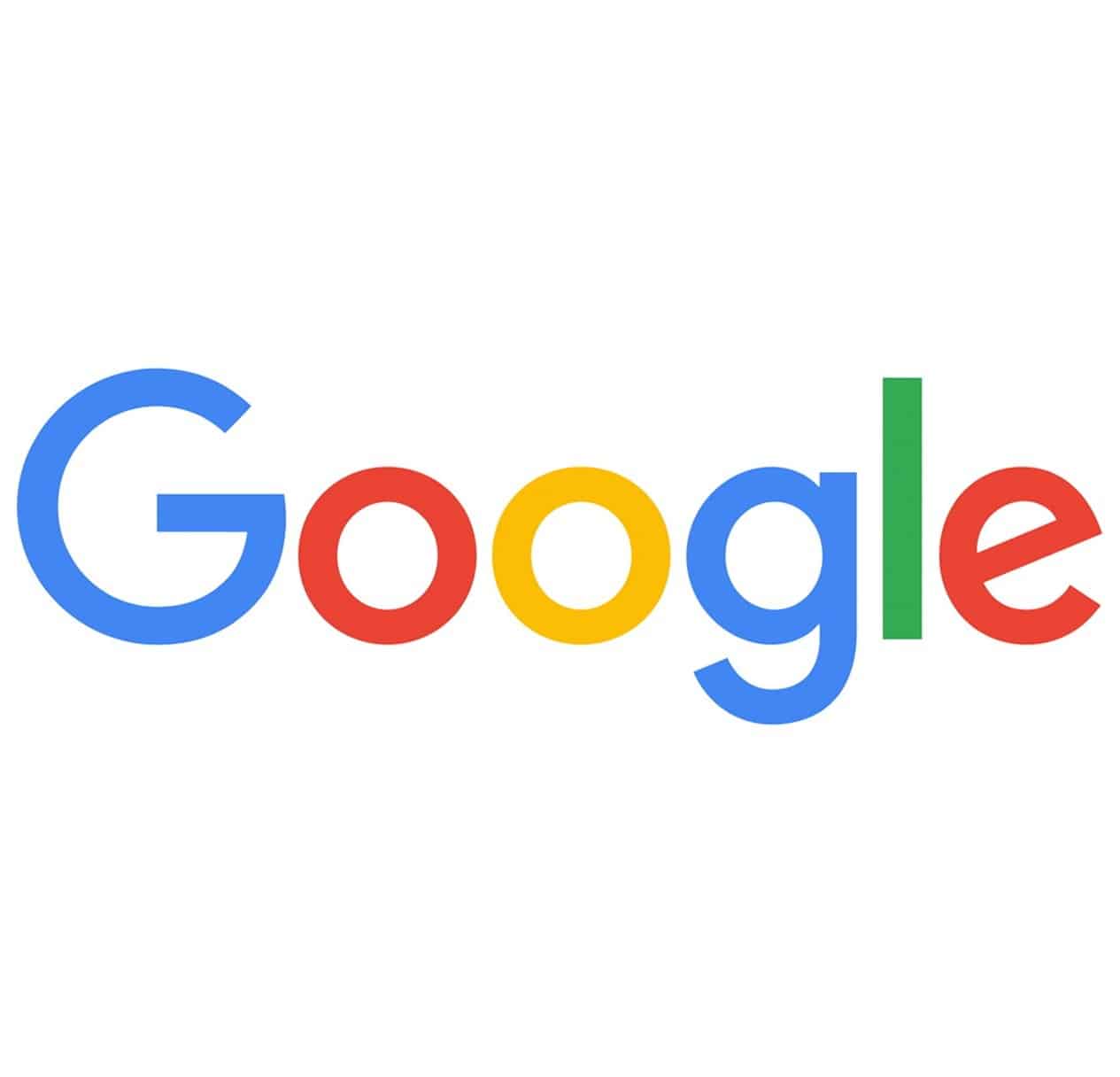It’s a priority for Google to make the internet helpful and accessible for people with disabilities, including almost 700 million people in Asia Pacific.

The good news is that advances in technology mean we have a greater ability than ever to build inclusive online tools and platforms for people of all abilities. And when we design technology in ways that put accessibility first, we have a chance to remove obstacles and create opportunities that weren’t possible in the past.
This week, as we mark Global Accessibility Awareness Day, we’re announcing new tools that we hope will make a difference in people’s lives here in Malaysia, across our region and around the world.
Updates to Android. People’s smartphones are often their gateway to the world–and as part of our commitment to making our Android mobile platform more accessible, we’re launching several new features.
Action Blocks. We wanted to give people with cognitive disabilities a simple, more seamless way to complete everyday tasks on Android–from video calling loved ones to checking the weather.
To do that, we’ve created Action Blocks: an app that makes routine actions easier to access with one customizable button on the home screen. You can simply launch Action Blocks and choose from pre-loaded helpful activities — or type in your own to the setup — then choose an image for your button and place it on your home screen.

Live Transcribe. In February 2019, we launched Live Transcribe, which provides free, real-time, speech-to text captions to enable everyday conversations among people who are deaf, hard of hearing, and hearing.
Today we’re announcing the third major update to the app, including the ability for people to set your phone to vibrate when your name is called; an option to add your own words, places and things to your Live Transcribe (even for words not commonly found in the dictionary); and a feature that lets you search within transcriptions that you choose to keep.

Sound Amplifie. Sound Amplifier was launched to make audio on Android smartphones more clear, increasing quiet sounds while not over-boosting loud sounds, with settings that let you personalize your preferences.
Now we’re introducing the ability to use Sound Amplifier as a portable amplifier with Bluetooth headphones–meaning you can place your device close to the source of sound and increase the volume without disturbing others— and as a tool to to amplify the sound of other apps on your Pixel device, like YouTube and Spotify.

Focus on education. With COVID-19 forcing more people than ever to learn from home, Global Accessibility Awareness Day is also an opportunity to focus on making distant education as inclusive as possible, and highlight the accessibility tools available for students, teachers, parents and developers working on education technology.
Google’s Teach from Home website includes a special Guardian’s Guide for children with disabilities who are learning at home due to COVID-19 school closures. The A11y Project website provides advice for developers of assistive technology, as well as as lists and links for tools like screen readers–while the Guardian’s Guide to Accessibility helps parents and guardians learn how to use accessibility tools such as voice typing.
In addition to these resources, we recently shared a range of simple tips and tools that can help students with disabilities with the unique challenges of remote learning. We’ll keep working with educators and families to help ensure school is accessible, rewarding and enjoyable for students of all abilities, during coronavirus and beyond.
Continuing to expand accessibility and inclusion. The internet will only be helpful to everyone when it’s helpful to people living with disabilities. There’s no doubt we’ve come a long way in developing inclusive technologies, tools and apps, but there’s still much more work to do–and expanding accessibility online will continue to be a priority for Google in everything we do.
















